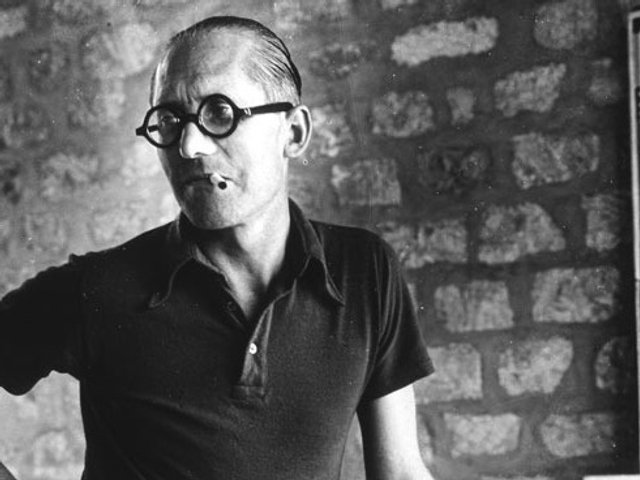Between 1907 and 1920, the young man who was born Charles-Edouard Jeanneret but who began to use the pseudonym Le Corbusier in 1920, did not know what he wanted to do. First, he thought about becoming a painter, then an architect, then a designer. Of course, he went on to become a revolutionary architect—the very epitomé of modernism in that field—but this exhibition (until 23 February) chooses to focus on the formative years of experimentation and discovery in Le Corbusier’s career up to 1922. It contains around 250 works in an array of different media and creative categories: applied arts, architectural drawings and models, drawings for paintings and photographs (above, his “perspective drawing of a Dom-ino module”, 1915). Le Corbusier travelled extensively during this period, and struggled to assimilate many influences, from the ancient world through to the Gothic, Renaissance, baroque and neo-classical styles, as well as the vernacular styles of central Europe. The exhibition, whose curators are Stanislaus von Moos of the University of Zürich and Arthur Rügg, an expert in Le Corbusier’s furniture based at Zürich’s Swiss Federal Institute of Technology, will also attempt to provide some context for Le Corbusier’s early experiments by including works obviously influenced by artists such as Léger, Ozenfant, Adolphe Appia, Charles L’Eplattenier and William Ritter. The exhibition begins at the end, so to speak, with Le Corbusier’s better known works, including much furniture, from the 1920s. These relate to the period of L’Esprit Nouveau, the publication he founded with Ozenfant in 1920. Highlights of later rooms include architectural models of four of Le Corbusier’s most important early architectural commissions. The Fondation Le Corbusier in Paris is the principal lender to the exhibition.
Exhibitionsarchive
Le Corbusier before Le Corbusier: exhibition focuses on the formative years of experimentation
The Bard Graduate Center for Studies in the Decorative Arts Design and Culture
1 January 2003


